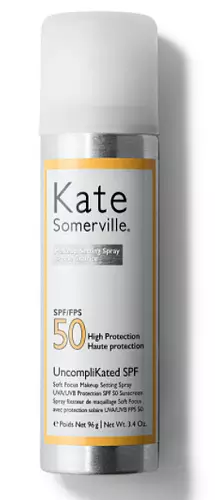Updated on November 08, 2023
Overview
What they are
These products are both sunscreens. They have a total of 6 ingredients in common
Cool Features
They both contain hyaluronic acid and SPF
Suited For
They're both likely to be good for brightening skin
Free From
They both do not contain any common allergens or sulfates
What's Inside
They both contain silicones
We independently verify ingredients, and our claims are backed by peer-reviewed research. Spot a product that needs an update? Let us know.
Ingredient Info
Kosé SUNCUT Aqualy UV Protect Gel SPF 50+ PA++++ 42 ingredients
EltaMD, Inc UV Clear Broad-Spectrum SPF 46 17 ingredients
At a glance
Click on any of the items below to learn more
Kosé SUNCUT Aqualy UV Protect Gel SPF 50+ PA++++ 42 ingredients
EltaMD, Inc UV Clear Broad-Spectrum SPF 46 17 ingredients
Notable Ingredients
This product contains 3 ingredients that may have this attribute:
This product contains 1 ingredient that may have this attribute:
This product contains 1 ingredient that may have this attribute:
This product contains 1 ingredient that may have this attribute:
Benefits
This product contains 1 ingredient that may have this attribute:
This product contains 1 ingredient that may have this attribute:
This product contains 1 ingredient that may have this attribute:
Concerns
This product contains 1 ingredient that may have this attribute:
This product contains 3 ingredients that may have this attribute:
This product contains 1 ingredient that may have this attribute:
This product contains 2 ingredients that may have this attribute:
This product contains 3 ingredients that may have this attribute:
Notable Ingredients
This product contains 1 ingredient that may have this attribute:
This product contains 1 ingredient that may have this attribute:
This product contains 1 ingredient that may have this attribute:
This product contains 1 ingredient that may have this attribute:
This product contains 1 ingredient that may have this attribute:
This product contains 1 ingredient that may have this attribute:
Benefits
This product contains 1 ingredient that may have this attribute:
This product contains 1 ingredient that may have this attribute:
This product contains 1 ingredient that may have this attribute:
This product contains 2 ingredients that may have this attribute:
This product contains 1 ingredient that may have this attribute:
This product contains 2 ingredients that may have this attribute:
This product contains 1 ingredient that may have this attribute:
This product contains 2 ingredients that may have this attribute:
This product contains 3 ingredients that may have this attribute:
Concerns
This product contains 2 ingredients that may have this attribute:
This product contains 1 ingredient that may have this attribute:
This product contains 1 ingredient that may have this attribute:
Ingredients Side-by-side
Ingredients Explained
These ingredients are found in both products.
Ingredients higher up in an ingredient list are typically present in a larger amount.
Water. It's the most common cosmetic ingredient of all. You'll usually see it at the top of ingredient lists, meaning that it makes up the largest part of the product.
So why is it so popular? Water most often acts as a solvent - this means that it helps dissolve other ingredients into the formulation.
You'll also recognize water as that liquid we all need to stay alive. If you see this, drink a glass of water. Stay hydrated!
Learn more about WaterEthylhexyl Methoxycinnamate is an organic compound that provides UVB protection. It often goes by the more common name of octinoxate. It is created from methoxycinnamic acid and 2-ethylhexanol.
Ethylhexyl Methoxycinnamate absorbs UVB rays with wavelengths between 280-320 nm. UV absorbers protect your skin by using chemical reactions to convert UV rays into heat and energy.
UVB (290-320 nm) rays emit more energy than UVA rays. They are capable of damaging DNA, causing sunburns and are thought to be linked to skin cancer.
The state of Hawaii has banned sunscreens containing octinoxate due to its potential impact on coral reefs. More research is needed to bridge gaps in this research. The European Union allows higher levels of octinoxate in sunscreens than the US and Australia.
Ethylhexyl Methoxycinnamate is oil soluble. It is not stable and may lose efficacy when exposed to sunlight.
Learn more about Ethylhexyl MethoxycinnamateButylene Glycol (or BG) is used within cosmetic products for a few different reasons:
- It is a solvent, meaning that it helps to dissolve other ingredients. This also enhances the absorption of the product into one's skin.
- It is a humectant, which means that it helps attract moisture into the skin.
- It helps improve product application.
Overall, Butylene Glycol is a safe and well-rounded ingredient. It is unlikely to irritate skin, and works well with pretty much all other ingredients.
Sodium Hyaluronate is hyaluronic acid's salt form. It is commonly derived from the sodium salt of hyaluronic acid.
Like hyaluronic acid, it is great at holding water and acts as a humectant. This makes it a great skin hydrating ingredient.
Sodium Hyaluronate is naturally occurring in our bodies and is mostly found in eye fluid and joints.
These are some other common types of Hyaluronic Acid:
Learn more about Sodium HyaluronateCyclomethicone is a class of silicones used to improve the texture of products.
Their cyclic or circular structure decreases stability. This causes quick evaporation when applied to skin. Cyclomethicones are often used as a carrier for other ingredients. Once it evaporates, it leaves a silky barrier on the skin.
The most popular types of cyclomethicones include D5 and D6.
Learn more about CyclomethiconePhenoxyethanol is a preservative that has germicide, antimicrobial, and aromatic properties. Studies show that phenoxyethanol can prevent microbial growth. By itself, it has a scent that is similar to that of a rose.
It's often used in formulations along with Caprylyl Glycol to preserve the shelf life of products.
Ingredient Ratings
Here's what our community thinks of the ingredients in these two products.
When to use
Kosé SUNCUT Aqualy UV Protect Gel SPF 50+ PA++++ 42 ingredients
EltaMD, Inc UV Clear Broad-Spectrum SPF 46 17 ingredients

Reviews
Here's what our community thinks
Kosé SUNCUT Aqualy UV Protect Gel SPF 50+ PA++++ 42 ingredients
EltaMD, Inc UV Clear Broad-Spectrum SPF 46 17 ingredients
nja
Feels SO comfortable on the skin, I want to keep using it. I also love that it's FA safe. But it pills after I blend out concealer with a sponge...
Feels SO comfortable on the skin, I want to keep using it. I also love that it's FA safe. But it pills after I blend out concealer with a sponge and I wonder how much of it is still on my face after that. It's supposed to be good for sensitive skin and while it's actually calming for my skin overall after I put it on, it also irritates the skin around my eyes - at the end of the day, there's always tiny little red bumps and I need to apply either LRP Cicaplast or Uriage Bariederm-Cica on that area before bed so that they go away by the next morning. I'm tired of doing this every day. I'm changing it to Bea Skincare sunscreen as soon as possible (had my eye on it for some time because the INCI seems so clean) and giving this to my less sensitive boyfriend.
EDIT: tried Bea sunscreen and didn't work out :/
febbynm
No for me.
I actually really enjoy the consistency. It glides really nicely but oh my lord this thing PILLS like no other. It doesn’t matter if I...
No for me.
I actually really enjoy the consistency. It glides really nicely but oh my lord this thing PILLS like no other. It doesn’t matter if I rub, gently pat it in, or wait however amount of time after my moisturizer; it will pill making it especially impossible to wear under makeup.
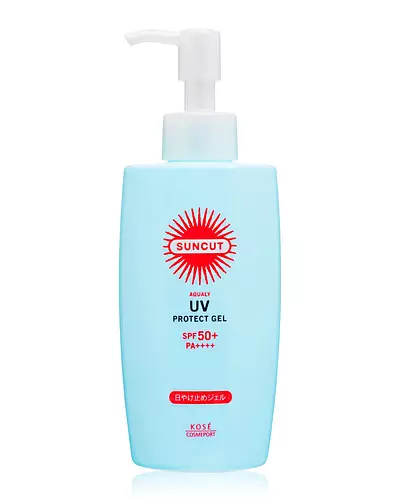
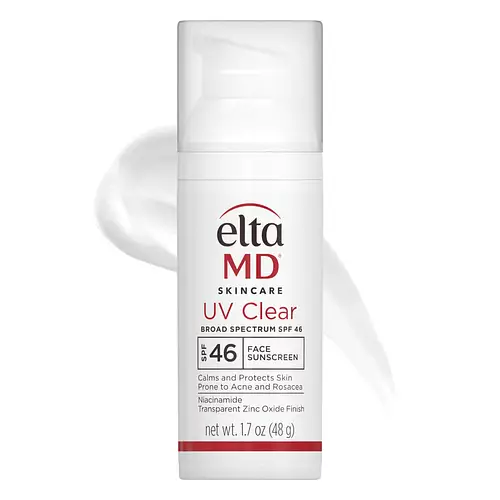




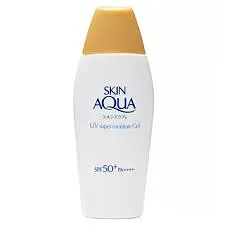

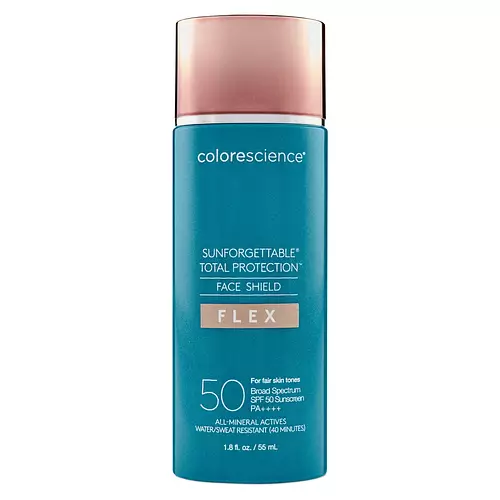

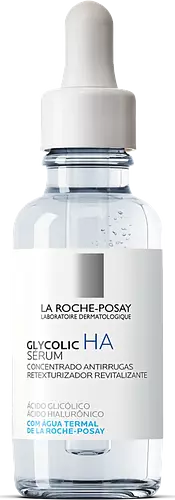
.jpeg)
